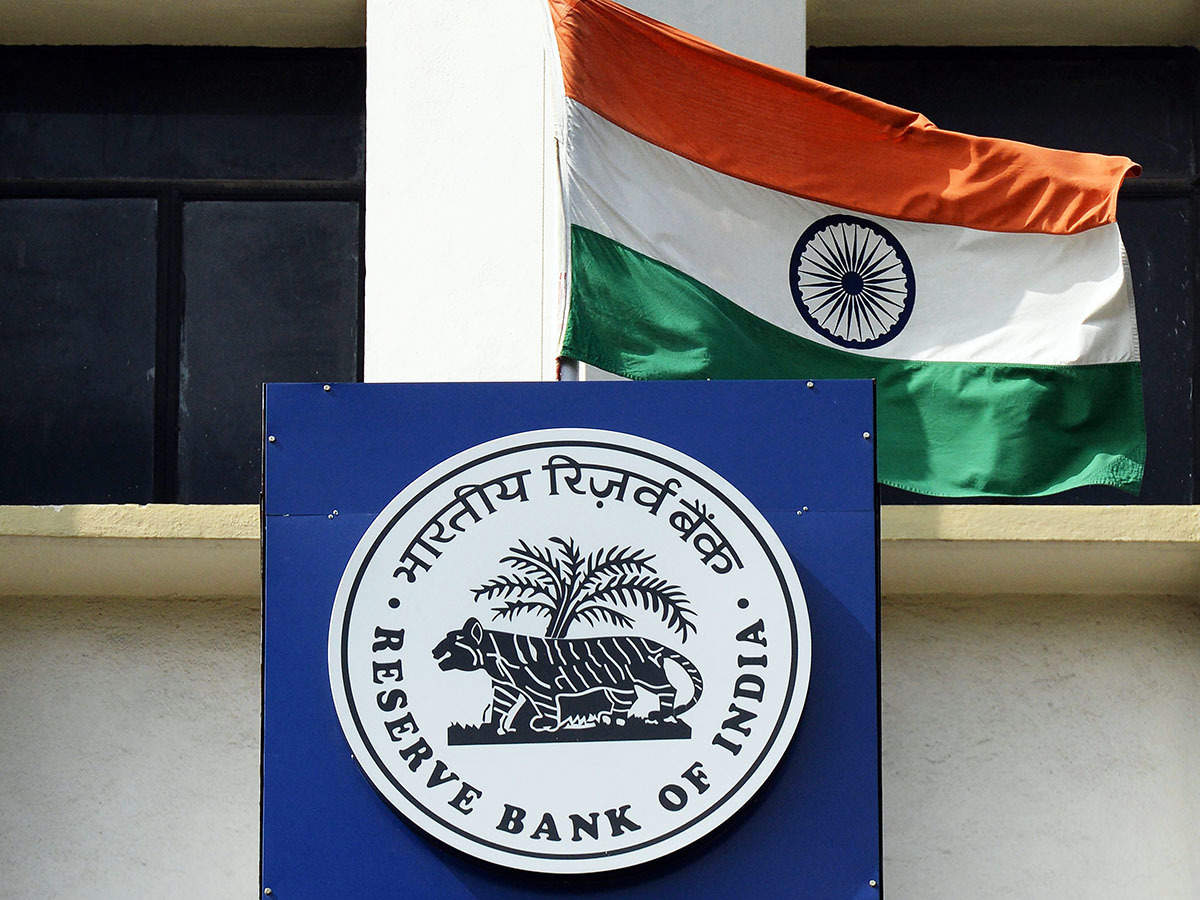The banking sector is a keystone of any financial system. The smooth functioning of the banking sector ensures the healthy condition of an entire economy. In the process of accepting deposits and lending, loans banks create credit. The funds received from the borrowers by way of interest on loan and repayments of principal are recycled for raising resources. However, building up of non-performing assets (NPAs) disrupts this flow of credit. It hampers credit growth and affects the profitability of the banks as well. NPAs are the leading indicators to judge the performance of the banking sector.
The main source of income of banks is through the interest earned on loans and advances and repayment of the principal. If such assets fail to generate income, then they are classified as non-performing assets (NPA). According to the Reserve Bank of India, NPA is defined as a credit facility in respect of which the interest and/or instalment of principal is “past due” for a specified period. Generally, if the loan payments have not been made for a period of 90 days, the asset is classified as non-performing asset. On the basis of how long the asset has been non-performing, banks are required to sort the non-performing assets in one of the following categories:
• sub-standard asset: If an asset has been non-performing for less than 12 months;
• doubtful asset: If an asset has been non-performing for more than 12 months; and
• loss assets: Assets where losses have been identified by the bank, auditor or inspector and have not been fully written off.
The generation of poor loans in the books of banks is not a favorable event for the banking industry as it affects the size and soundness of the balance sheet. There is an unfavorable impact on the level of return on assets as well. Large number of profits have to be provisioned against the doubtful and bad loans, which reduces profitability. Banks are even burdened with the increasing level of carrying costs of NPA accounts, which could have been used for any other profitable purpose. The financial institutions are also desired to maintain a certain capital adequacy level to strengthen their net worth. Though this issue is bad news for the banking industry, in recent times from the newspaper reports, it is evident that this problem has taken a serious toll on the banking space. The RBI has been taking measures to control the NPA menace. Some legal measures such as debt recovery tribunals (DRTs), Lok Adalat, the SARFAESI (Securitization and Reconstruction of Financial Assets and Enforcement of Security Interest) Act and the Insolvency and Bankruptcy Code, 2016 have been introduced for the resolution of NPAs. Recapitalization of public sector banks, setting up of stressed asset management verticals are some other steps taken by the RBI. Moreover, the regulator has also imposed restriction on eleven public sector banks by imposing the prompt corrective action (PCA) on them because of these developments, the present paper aims to find out which banks have contributed to the growing menace and what has been the trend in the banking industry with regard to these poor-quality loans.


Comments
Post a Comment